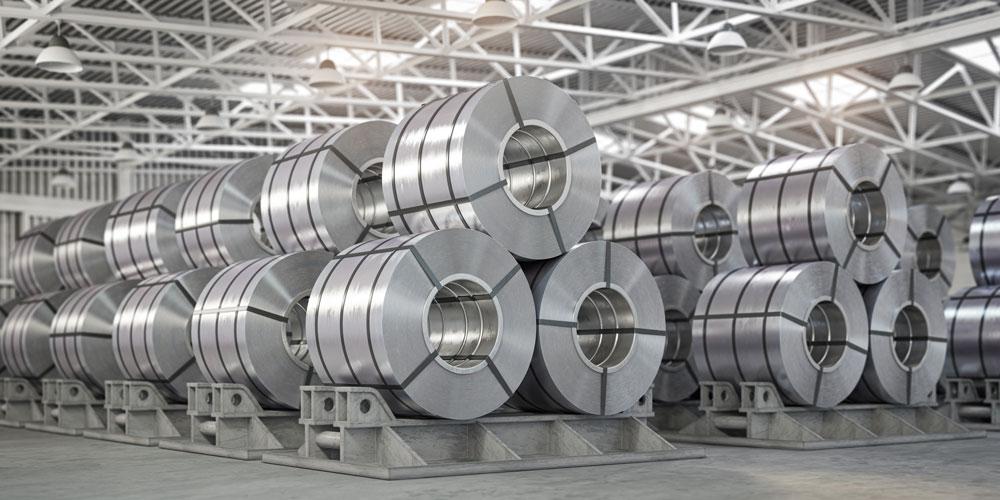Tea Staining & Stainless Steel Surfaces
Stainless steel is used as a durable and attractive material in construction, for wet areas, marine environments, commercial and residential buildings and more. Its anti-corrosion properties make it an ideal choice for use in areas that are exposed to salt water and air, such as the coastal region of the East Coast of Australia.
From non-slip flooring, to guard rails, lifts and drains, stainless steel is functional, easy care and a favourable choice for many fabrication techniques, including welding, laser cutting, folding and electropolishing.
Despite its anti rust properties, you may have come across some stainless steel that appears to have rust on the surface. It’s known as tea staining, and in this blog post we’re covering what it is, and how to avoid it. Read on to learn more…
What is Tea Staining?
Team staining is actually rust forming on the surface of the stainless steel. It causes a discolouration that has a similar look to a tea stain.
Does it Affect the Quality and Durability?
While it may not look appealing, tea staining is only cosmetic and does not reduce the functionality or integrity of the stainless steel, and the discolouration can be remedied by regular cleaning and maintenance with a mild soap and water solution. You can use non-chloride cleaners, either alkaline or alkaline chlorinated cleaners as they won’t corrode the steel.
Wiping the surface dry following cleaning is also recommended to avoid unattractive water spots forming on the surface.
And remember, you must never use abrasive cleaners or harsh cleaning tools on the surface as it can damage it and result in further staining, and clean with the grain of the steel, not against it.
What Causes it?
While rust resistant, stainless steel still contains iron, and iron oxidisation is what forms rust. It is stainless steel’s chromium content that gives it the anti-corrosion property.
Exposing stainless steel to high salt environments such as sea water and ocean air is a risk factor. Damage to the surface of the stainless, allowing oxidisation of the iron is also a risk factor, as well as areas where water is allowed to pool, and grooves or deep folds in the metal can also encourage tea staining.
Appropriate Grade
In addition to proper care and maintenance, choosing 316L (low carbon) grade Stainless Steel is the best way to avoid the formation of tea staining. Also known as marine grade, or hospital grade, the surface pitting is also reduced on this grade of stainless, giving oxidisation a reduced likelihood of occurring.
How to remove it
In addition to regular cleaning, there are specifically designed products available that can effectively and efficiently remove the tea stain without causing damage to the surface of the stainless steel and its protective, anti-corrosion chromium layer.
Summary
Living on the coastal regions of Australia means stainless steel is exposed to harsh corrosive elements, more so than stainless steel found inland.
Regular cleaning and maintenance with appropriate products can prevent tea staining, and there are also myriad products available that can remove it, as required.

